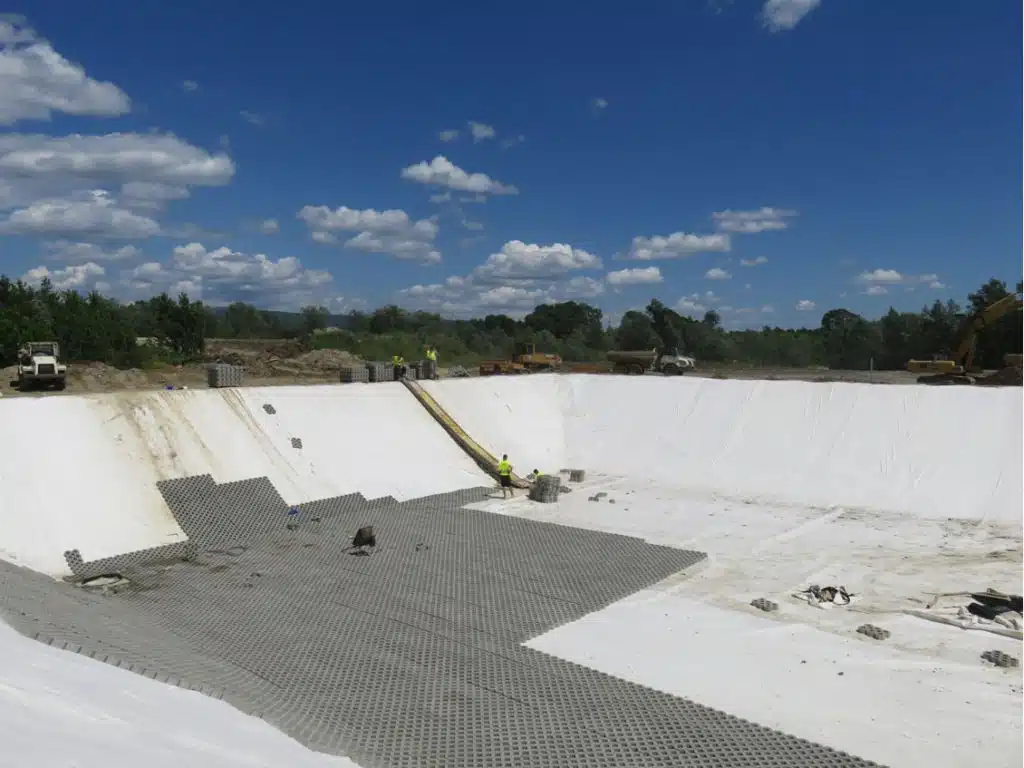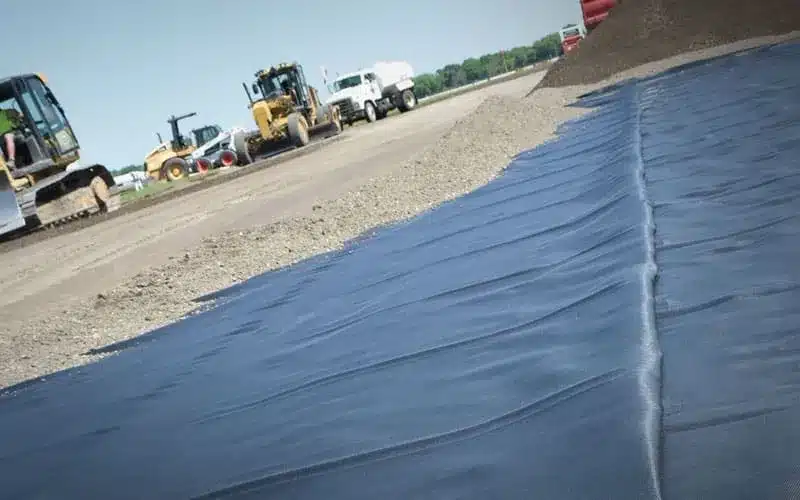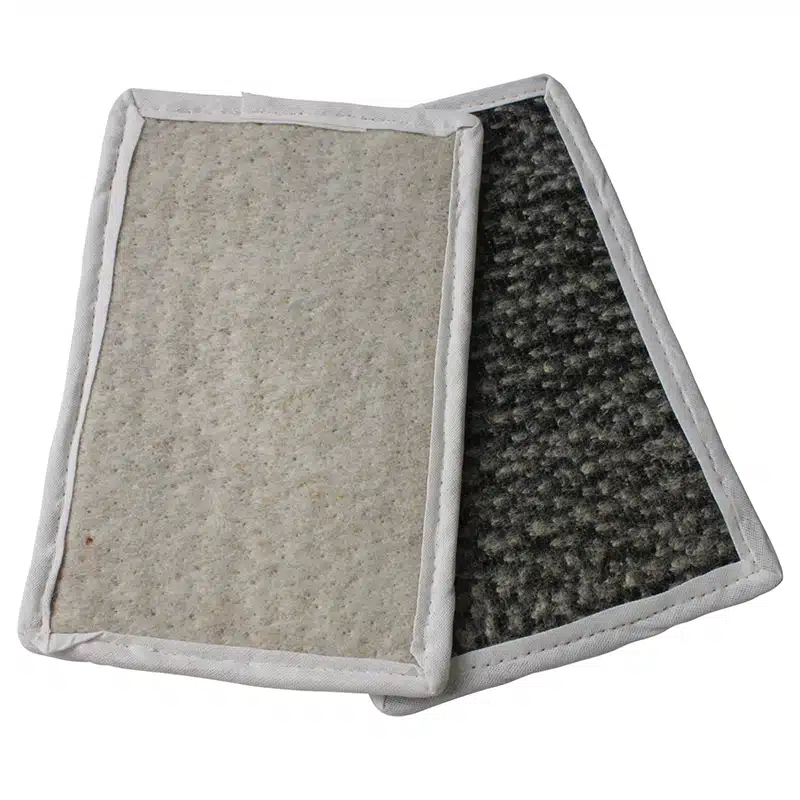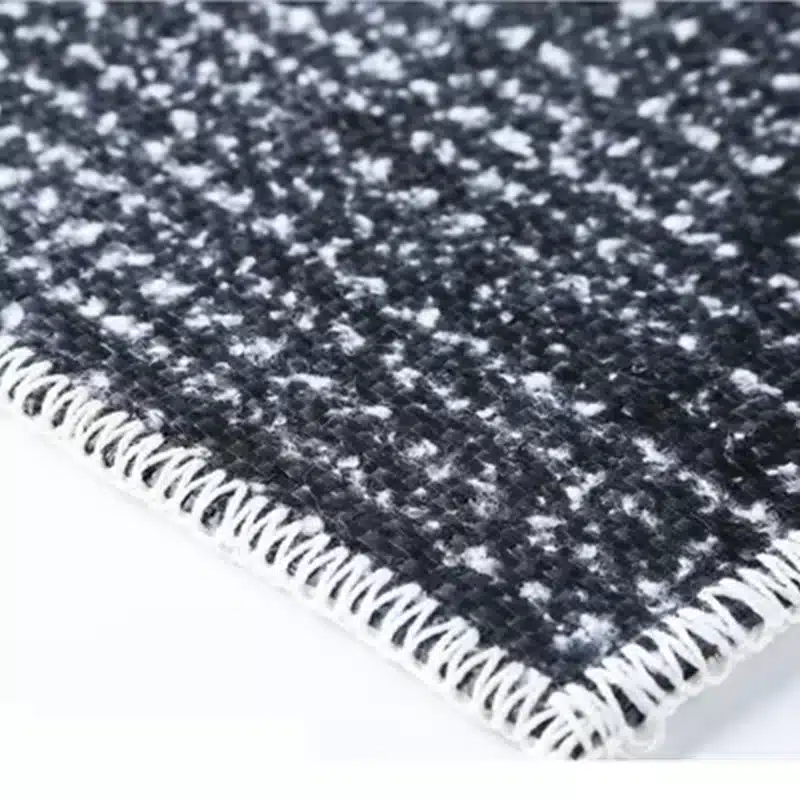+86-159 9860 6917
info@geofantex.com
geofantex@gmail.com
+86-400-8266163-44899
In the world of modern construction and environmental engineering, the geocomposite clay layer, often referred to as a Geosynthetic Clay Liner (GCL), plays a pivotal role. This article delves into the composition, uses, functions, and purposes of GCLs, providing a detailed understanding of this essential material. By exploring its various aspects, we aim to shed light on how GCLs contribute to effective and sustainable engineering solutions.

What is the composition of a geosynthetic clay liner?
A geosynthetic clay liner (GCL) is a factory-manufactured hydraulic barrier used in environmental containment applications such as landfills, ponds, and canals. Its typical composition includes:
- Two geotextile layers – usually made of woven or nonwoven polypropylene or polyester. These serve as carrier and cover fabrics.
- A core layer of sodium bentonite clay – sandwiched between the geotextiles. Bentonite swells when hydrated, creating a low-permeability seal.
- Needle-punching or adhesive bonding – to hold the geotextiles and clay layer together and provide shear strength.
In some cases, a polymer coating or geomembrane is laminated to one side to enhance chemical resistance or reduce permeability.
What is GCL used for?
GCLs are predominantly used in environmental containment applications, encompassing a wide range of uses such as landfill caps and base liner applications, dams, canals, ponds, rivers, and lakes, and even waterproofing of buildings and similar structures. Their primary role in these applications is to prevent leachate – a potentially hazardous liquid – from contaminating the surrounding soil and groundwater, particularly in landfill liners and caps. Additionally, GCLs are employed in water retention and management projects, including artificial ponds, dams, canals, rivers, and lakes, and in various civil engineering works, such as roadways and underground infrastructure, to prevent soil contamination and ensure the protection of water quality.

What is the function of a geosynthetic clay liner?
The fundamental function of a geosynthetic clay liner is to act as a barrier to prevent the migration of fluids and gases, particularly by lining the base and slope of landfills, canals, and ponds. When hydrated, the bentonite clay within the GCL expands, forming a dense, low-permeability layer that effectively seals off the area it covers. This ability to function as a barrier to fluid and gas is crucial in environmental protection. It plays a significant role in preventing groundwater contamination and controlling gas migration in landfills and other containment facilities, ensuring the integrity of the areas it is applied.
What is the purpose of a clay liner?
The purpose of a clay liner, specifically in the context of environmental engineering, is to provide a secure and stable barrier against the seepage of pollutants, including limiting seepage from tailings impoundments and covering solid waste disposal landfills. In these applications, clay liners are essential in preventing harmful substances from entering the soil and groundwater. Additionally, in water conservation projects, they are instrumental in maintaining water levels by minimizing leakage. Essentially, clay liners serve as a protective layer, safeguarding the environment and public health from potential contamination and pollution hazards, whether in landfills, tailings impoundments, or other critical areas.
In conclusion, the geocomposite clay layer, or Geosynthetic Clay Liner, is a critical component in modern environmental engineering. Its unique composition, versatile usage, and effective functionality make it an indispensable material in safeguarding the environment from various forms of contamination. Understanding the nuances of GCLs is essential for professionals in the field, as well as for those interested in sustainable construction and environmental protection practices.



Get Free Sample
We’ll respond as soon as possible(within 12 hours)






















